Coder, Artist, Blogger (https://fungiverse.wordpress.com/, https://philpapers.org/archive/BINAKR.pdf, https://philpapers.org/rec/BINFPT-3, https://pinocchioverse.org/), former admin of https://diagonlemmy.social/, Programmer of MyceliumWebServer
- 14 Posts
- 7 Comments

 1·3 months ago
1·3 months agoi’m no longer sure if you’re envisioning a web browser or a website builder. your terminology is all over the place.
I’s blurring the line in-between. It’s trying to set the interaction with the web on a lower level that is closer to the data. It’s like you are live-coding the website you want to use for a specific use-case. But then just call the high-level API-endpoints right away. Basically making the dev-tools and the dev-console of browsers the main way to interact with the web (which assumes a web that is build in a similar fashion).
and no, the semantic web is in no way an an open, global codebase. it’s just a way of structuring html. i know berners-lee wanted the web to be more like what you are describing but the web we have today is not that. you’d need a new protocol.
Yeah, that’s true :(

 2·3 months ago
2·3 months agoI don’t know. Basically, if you already know what you want, maybe you only want to type down a couple of statements (maybe even from a template or a tutorial that you found online), modify some stuff and then hit enter. And maybe this modifying of language could be the “browsing” part of the browser.
If you look at it like this it would also be immediate and precise. You would only need to add very good code completion tools, e.g. when you click on a noun, you see all the attributes it has in your ontology. Much like in a IDE. There you also “browse” the space of all potential programs with the interface of language with code completion for keywords and defined concepts, which act like links in traditional browsers.
In contrast, the semantic web is like a open, global code base, where everybody can contribute to. And traditional browser could not successfully implement a language interface because the code base had no defined semantic, this would be possible for the semantic web. And using LLMs, it could be propagated into other web paradigms.

 3·3 months ago
3·3 months agothere are already text-based browsers like qutebrowser
hypercard
Awesome! Thanks for the references, didn’t know there were already some applications in this direction

 1·4 months ago
1·4 months agoWould be cool to have a link on the original blog. I totally missed that the whole thing moved. But great project in general.

 01·6 months ago
01·6 months agoCurrently the nodes only recommend music (and are not really good at it tbh). But theoretically, it could be all kinds of machine learning problems (then again, there is the issue with scaling and quality of the training results).

 0·1 year ago
0·1 year agoI think multi-communities (which have already been improved for funding) will push Lemmy forward big time. https://github.com/LemmyNet/lemmy/issues/818





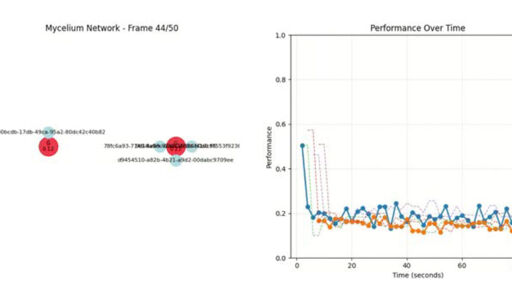
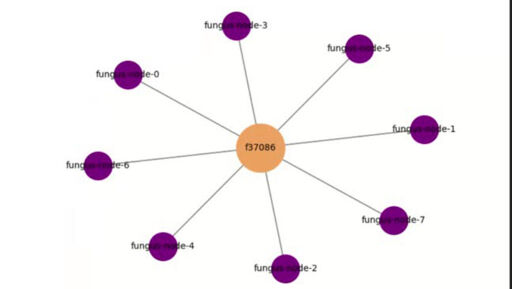


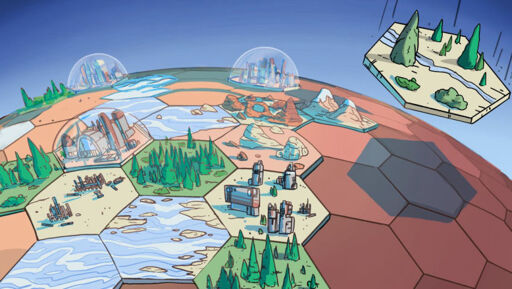

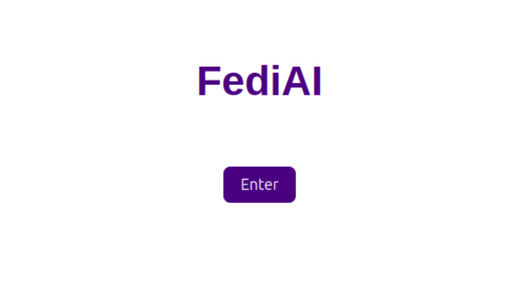
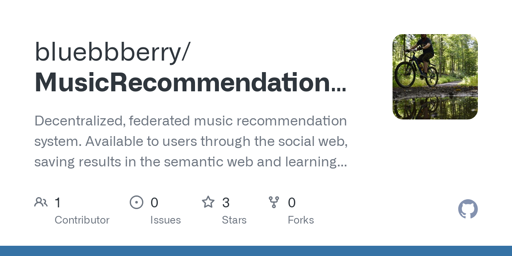
For me, social media clients already act as a kind of browser. Theoretically, if all sides on the web would be connected to ActivityPub, you could access the whole web over a social web client. There exist bridges to the semantic web and of course (regardless of whether this is positive or negative) you also have bots connecting the social web to AI.